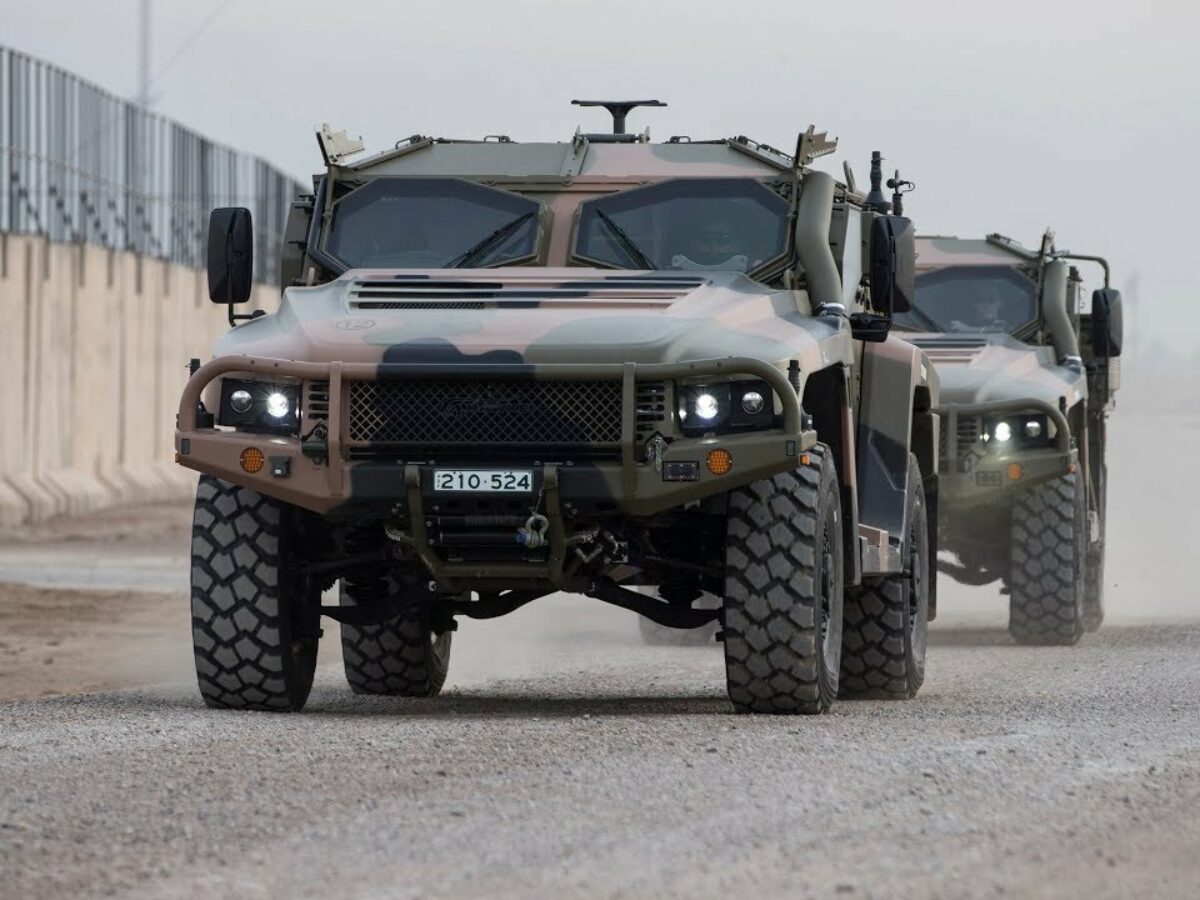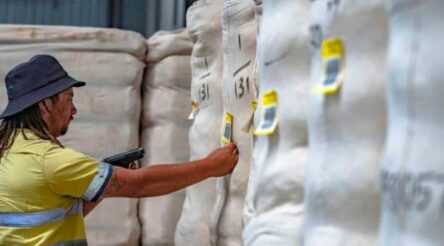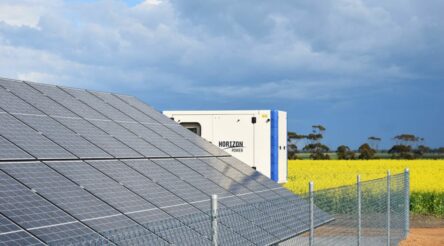Defence industry must grow fast to keep pace – study

Local defence industry will have to triple in size if it is to maintain, let along increase its share of defence spending as the armed forces re-equip, according to a new study published by the Australian Strategic Policy Institute.
The study, the cost of defence 2020–21, argues that One of the biggest implementation risks relates to Australian industry’s ability to scale up to deliver the force.
Marcus Hellyer, ASPI’s senior analyst for defence economics and capability, said that the local share of defence’s capital equipment spend has consistently hovered around one-third of the total – last year, that was around $2.6 billion.
“As the capital budget rapidly grows over the decade, local acquisition spending will have to grow to more than $7 billion per year just to maintain that one-third share.
It’s clear the government wants that share to grow. It has to, if we’re going to address the supply-chain risks currently inherent in defence capability.
“Getting to between 40 per cent and 50 per cent (local contribution) means the local acquisition spend will need to reach around $10 billion per year.”
While the basic settings of the government’s 2016 defence industry policy statement support industry development, it is likely that the federal government is going to have to do more to develop the kind of local industrial ecosystem necessary to deliver the level of sovereign capability described in its 2020 update and force structure plan.
Hellyer argues that the other risk associated with industry policy is the old one of falling into the trap of preferring industrial outcomes to military capability.
He said hat risk has already been realised.
“Some of the hidden costs of continuous-build programs are becoming more apparent – the 2020 plan states that the cost increase for the future frigate programme was caused by the government allocating ‘additional funding to enable construction of ships at a deliberate drumbeat over a longer period of time than originally planned to achieve a continuous shipbuilding programme’.
“That is, we’re deliberately paying more to get capability later.”
The 2020 update acknowledges that we can no longer rely on warning time to be able to gradually adjust military capability, so it does suggest we need to be spending to accelerate delivery and the rate at which we ‘adjust capability’.
“If we’re willing to pay a premium to build here, let’s pay it to get more capability sooner, not later.
“Why are we prioritising jobs for future generations of shipbuilders over capability for current servicemen and -women who may be called upon in the near future to use it?”
Hellyer also said there was a question of the affordability of the force.
The defence budget is growing substantially, but so is the list of capabilities Defence is acquiring and sustaining.
“Moreover, the acquisition cost of military capabilities grows much faster than inflation.
“Since 2016, several key capabilities have grown significantly in cost. The sustainment cost of key future capabilities is likely to be several times greater in real terms than the systems they’re replacing.”
Picture: Thales Hawkei
Subscribe to our free @AuManufacturing newsletter here.
@aumanufacturing Sections
Analysis and Commentary Awards Defence Manufacturing News Podcast Technology Videos










